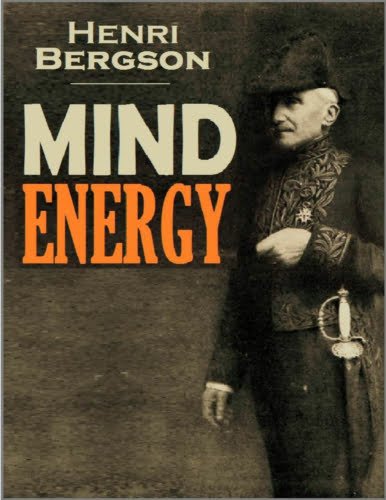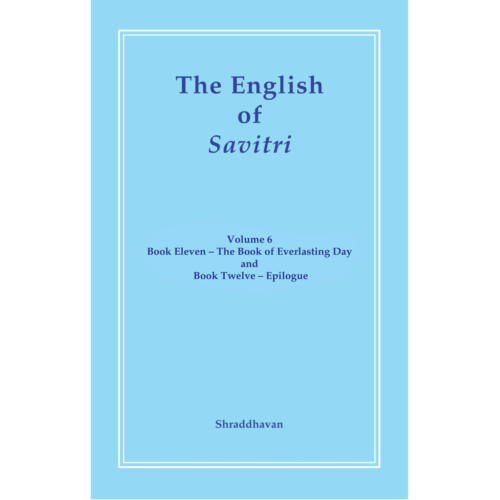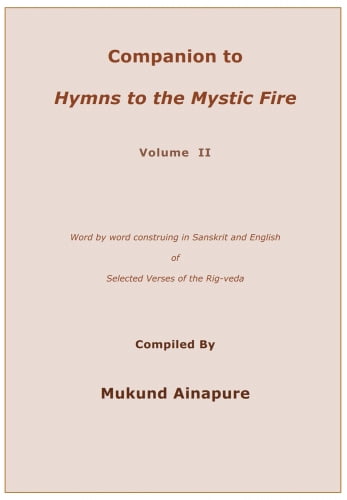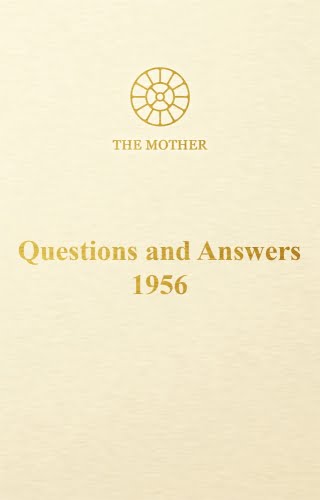Madness and Civilization: A History of Insanity in the Age of Reason by Michel Foucault

Madness and Civilization
A History of Insanity in the Age of Reason
Michel Foucault examines the archeology of madness in the West from 1500 to 1800 – from the late Middle Ages, when insanity was still considered part of everyday life and fools and lunatics walked the streets freely, to the time when such people began to be considered a threat, asylums were first built, and walls were erected between the “insane” and the rest of humanity.
Foucault traces the evolution of the concept of madness through three phases: the Renaissance, the “Classical Age” (the later seventeenth and most of the eighteenth centuries) and the modern experience. He argues that in the Renaissance the mad were portrayed in art as possessing a kind of wisdom – a knowledge of the limits of our world – and portrayed in literature as revealing the distinction between what men are and what they pretend to be. Renaissance art and literature depicted the mad as engaged with the reasonable while representing the mysterious forces of cosmic tragedy but the Renaissance also marked the beginning of an objective description of reason and unreason (as though seen from above) compared with the more intimate medieval descriptions from within society.
Book Details
Author: Michel Foucault
Print Length: 311
Publisher: Random House
Submitted by: Robert
Book format: Pdf
Language: English
Read more









